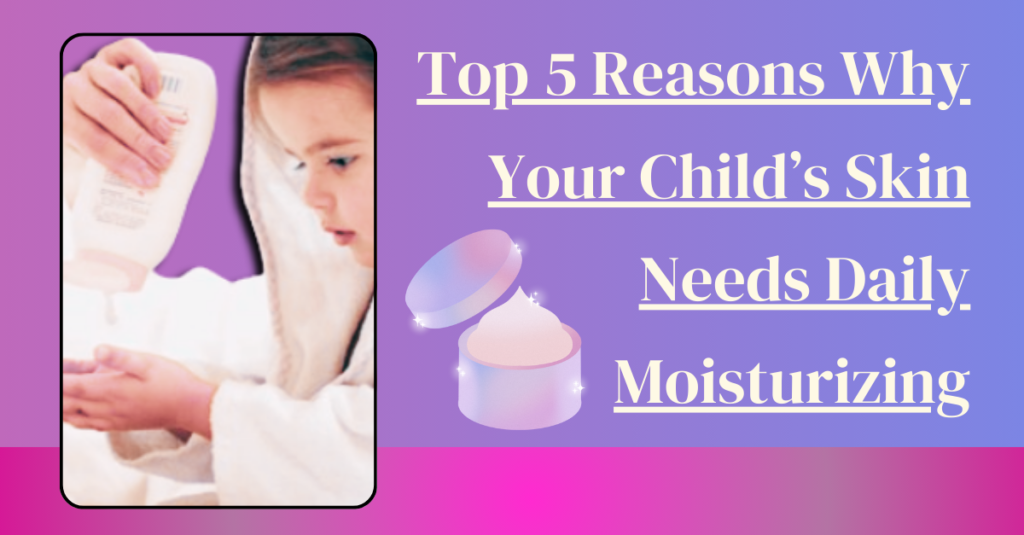Traditional Advertising in Fashion
Traditional advertising methods in fashion have been around for decades, and brands have relied on these methods to reach a wide audience. These methods include TV commercials, magazine ads, billboards, and radio ads. Traditional advertising in fashion has several benefits, including:
- Wide Reach
Traditional advertising has a wider reach compared to influencer marketing. A TV commercial or billboard can reach millions of people at once, while a social media post by an influencer will only reach their followers. This makes traditional advertising an effective way to promote a brand to a large audience.
- Established Credibility
Traditional advertising has an established credibility that influencer marketing may not have. People trust well-established brands that have been around for a long time, and seeing their ads in magazines or on TV gives the impression of a reputable and trustworthy brand.
- Control Over Messaging
With traditional advertising, brands have more control over the messaging and content of their advertisements. They can work with creative teams to develop ads that align with their brand’s values and communicate their message effectively. Brands can also control the placement of their ads, ensuring that they appear in relevant publications or during targeted TV programming. Read more about Influencer Marketing vs. Traditional Advertising: Which is better for Fashion brands?.
Examples of Traditional Advertising in Fashion
One of the most iconic examples of traditional advertising in fashion is Calvin Klein’s 1992 “Marky Mark” campaign, featuring Mark Wahlberg. The campaign was a huge success, generating millions of dollars in sales and making Calvin Klein a household name. Other examples of traditional advertising in fashion include Gucci’s 2019 “Forever Guilty” campaign featuring Jared Leto and Lana Del Rey and Chanel’s iconic print ads from the 1980s featuring models such as Claudia Schiffer and Cindy Crawford.
Influencer Marketing in Fashion
Influencer marketing involves partnering with individuals who have a large following on social media to promote products or services. Influencers are usually individuals who have built a loyal following on social media platforms such as Instagram, YouTube, and TikTok, and have established themselves as experts in a particular niche. Influencer marketing in fashion has several benefits, including:
- Targeted Audience
Influencer marketing allows brands to target their audience more effectively. Influencers have already built a following of people who are interested in the content they create, making it easier for brands to reach their target audience. This is especially useful for niche markets, where traditional advertising may not be as effective.
- Authenticity
Influencer marketing provides a level of authenticity that traditional advertising may lack. Influencers are seen as real people rather than paid actors, and their followers trust them to provide honest opinions and recommendations. This makes influencer marketing a more effective way to promote a brand to younger consumers who are more likely to engage with content created by people they trust.
- Cost-Effective
Influencer marketing can be more cost-effective compared to traditional advertising. Brands can partner with micro-influencers who have smaller followings but are highly engaged with their audience, reducing costs while still reaching their target audience effectively. Read more about Influencer Marketing vs. Traditional Advertising: Which is better for Fashion brands?.
Examples of Successful Influencer Marketing Campaigns in Fashion
One of the most successful influencer marketing campaigns in fashion was when fashion brand Revolve collaborated with 12 influencers to create content for their #RevolveAroundTheWorld campaign. The campaign generated over 50 million impressions and a significant increase in sales for the brand. Another example is Dior’s partnership with influencer Chiara Ferragni for their Dior Addict Lipstick campaign. Ferragni’s posts featuring the lipstick generated over 1.6 million likes and 16,000 comments, increasing brand awareness and driving sales.
Which Method is Better for Fashion Brands?
Both traditional advertising and influencer marketing have their advantages and disadvantages. Traditional advertising has a wider reach and established credibility, making it an effective way to promote a brand to a large audience. However, it can be costly, and brands have less control over the messaging and content of their ads.
Influencer marketing, on the other hand, allows brands to target their audience more effectively and provides a level of authenticity that traditional advertising may lack. It can also be more cost-effective, but there is a risk of partnering with influencers who may not align with the brand’s values or may have fake followers.
In conclusion, the effectiveness of traditional advertising versus influencer marketing ultimately depends on the brand’s goals and target audience. Both methods have their strengths and weaknesses, and brands should consider their marketing objectives and budget before choosing which method to use. It’s important to note that a combination of both traditional advertising and influencer marketing can be the most effective approach for fashion brands, as each method can complement the other and provide a well-rounded marketing strategy.

My name is Rohit Vagh and I’m a content writer specializing in fashion and lifestyle. I have three years of experience in this field and have written various articles. My writing style is creative and engaging, and I strive to create content that resonates with my readers. I have a deep passion for fashion and am constantly researching the latest trends and styles to make sure my readers are up to date. I’m excited to continue my career in blogging, and I’m always looking for new opportunities in the fashion and lifestyle space.





